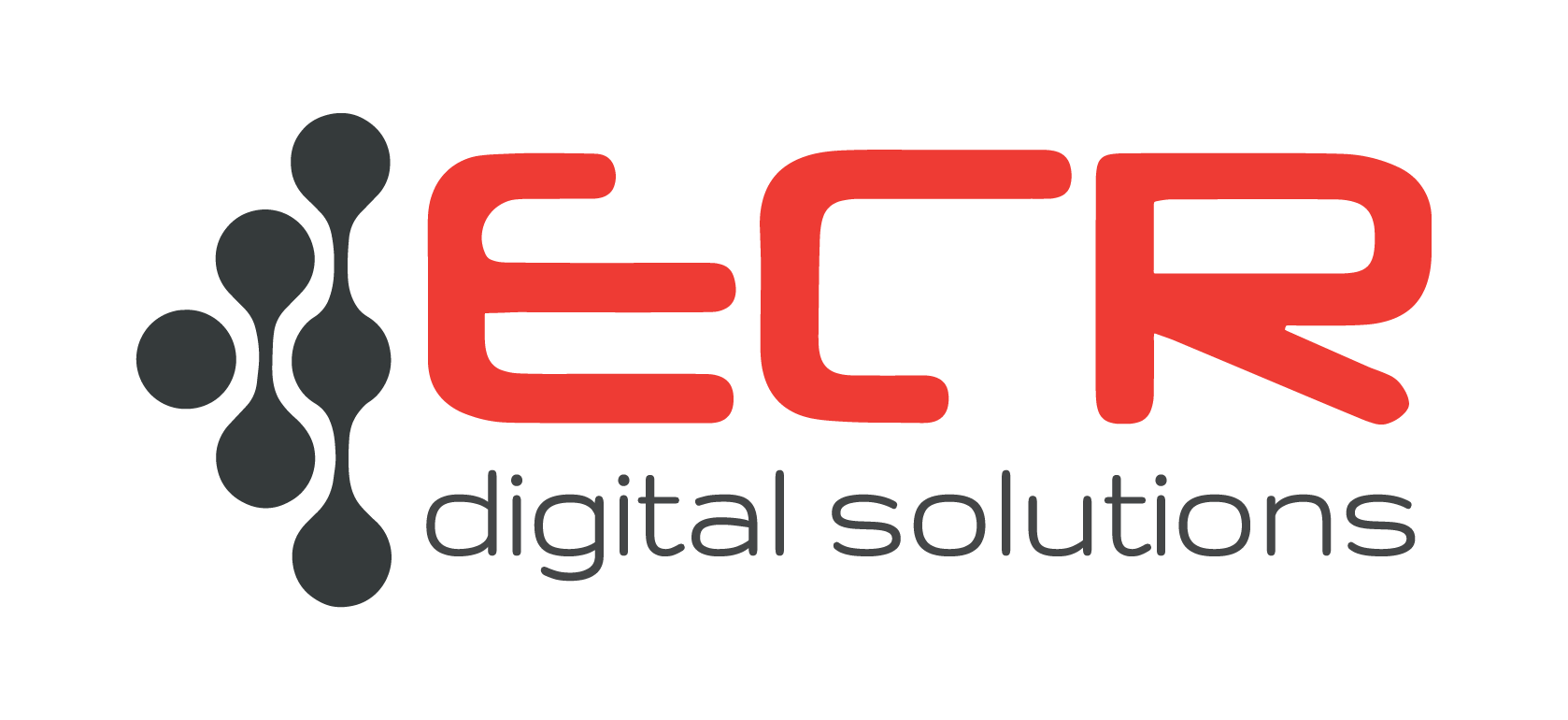Transforming Workforce Efficiency with ECR ERP
Wed 25/12/2024 20m read 1039 views
What Makes The Power of ERP System?
Overcoming Challenges and Unlocking the Full Potential of ERP Systems in Large Organizations
Enterprise Resource Planning (ERP) systems have emerged as indispensable tools for organizations seeking to streamline operations, optimize resources, and stay competitive in a fast-changing business environment. For large companies, where operational complexity and scale are significant, ERPs offer a centralized platform to manage business processes. However, implementing and maximizing the benefits of ERP systems come with their own set of challenges. Understanding and addressing these challenges is essential to unlock ERP’s full potential.

What Makes ERP so Powerful
- Unified Integration Across Business Functions: ERP systems consolidate diverse business operations—such as finance, supply chain, HR, and customer relations—into one cohesive system. This enhances collaboration, eliminates silos, and ensures consistent data across the organization.
- Real-Time Insights and Analytics: With centralized data, ERP systems provide actionable insights and predictive analytics, enabling faster and more informed decision-making.
- Scalability and Adaptability: Modern ERP solutions are designed to scale with business growth, accommodating new processes, markets, and organizational structures.
- Process Automation and Efficiency: ERPs automate routine tasks, reduce manual errors, and streamline workflows, freeing up resources for more strategic initiatives.
- Support for Compliance and Risk Management: ERP systems offer built-in tools for regulatory compliance and risk mitigation, reducing the burden on organizations to manage these aspects manually.
How Big Companies Use ERP
- Streamlining Global Operations: Large enterprises with global footprints use ERP systems to standardize operations, manage resources across geographies, and maintain consistent reporting.
- Enhancing Supply Chain Visibility: ERPs provide end-to-end supply chain transparency, enabling better forecasting, inventory control, and supplier collaboration.
- Optimizing Customer Engagement: ERP systems integrate with CRM tools to deliver personalized customer experiences, track sales pipelines, and enhance service delivery.
- Driving Data-Driven Decision-Making: With comprehensive analytics capabilities, ERPs empower organizations to identify trends, monitor performance, and refine strategies.
- Enabling Digital Transformation: For large companies, ERP systems serve as the backbone of digital transformation, integrating AI, IoT, and other advanced technologies into daily operations.
Challenges and Resolutions
Challenge 1: Managing Organizational Complexity
Discussion:
Large companies often face intricate organizational structures, multiple departments, and geographically dispersed teams. Coordinating workflows, ensuring consistent communication, and eliminating operational redundancies are significant hurdles.
Resolution:
ERP systems offer a unified platform that harmonizes processes across departments and regions. To address complexity, organizations must carefully plan ERP implementation, customize solutions to their specific needs, and invest in robust training programs to ensure user adoption.
Challenge 2: Adapting to Change and Market Dynamics
Discussion:
Businesses operate in a volatile environment where market demands, regulations, and customer expectations can shift rapidly. Traditional, rigid processes make it difficult to adapt quickly, resulting in inefficiencies and lost opportunities.
Resolution:
ERP systems digitalize business processes, providing the flexibility to reconfigure workflows as needed. Cloud-based ERPs enhance adaptability by offering remote access and scalability. Companies should prioritize systems that support dynamic process adjustments and integrate emerging technologies like AI and machine learning for real-time responsiveness.
Challenge 3: Balancing Cost Reduction with Strategic Value
Discussion:
While cost reduction is often a primary driver for ERP adoption, focusing solely on this aspect may overshadow the broader strategic benefits, such as innovation and growth. Overemphasis on short-term savings can result in missed opportunities for long-term competitive advantage.
Resolution:
To strike the right balance, organizations should view ERP systems as enablers of value creation rather than mere cost-saving tools. Metrics should include operational efficiency, customer satisfaction, and agility, alongside financial savings. Additionally, ongoing investments in ERP enhancements, training, and feature upgrades ensure sustained returns on investment.
Challenge 4: Implementation and Change Management
Discussion:
ERP implementation can be a daunting task, involving significant time, resources, and cultural shifts. Resistance to change, lack of technical expertise, and misalignment between business processes and ERP functionalities can derail initiatives.
Resolution:
A phased implementation approach, combined with strong leadership and clear communication, is key. Engaging stakeholders early, offering comprehensive training, and appointing cross-functional teams to oversee the transition ensures smoother adoption. Partnering with experienced ERP vendors and consultants also minimizes risks.
Challenge 5: Data Migration and Integration
Discussion:
Data migration is one of the most complex aspects of ERP implementation. Large companies often have legacy systems with scattered, inconsistent, or incomplete data. Integrating this data into the ERP system while maintaining accuracy and avoiding downtime is a significant challenge.
Resolution:
- Conduct a thorough audit of existing data to identify inconsistencies and clean it before migration.
- Use robust data migration tools and methodologies, and involve data experts to ensure smooth integration.
- Test data migration in phases and create backups to prevent data loss.
- Ensure ERP compatibility with legacy systems by using middleware or APIs to facilitate seamless integration.
Challenge 6: Vendor Selection and Customization
Discussion:
Choosing the right ERP vendor and customizing the solution to fit the unique needs of a large organization can be overwhelming. A one-size-fits-all approach often fails, and excessive customization can increase costs and complexity.
Resolution:
- Conduct a detailed requirements analysis to identify organizational needs and prioritize critical functionalities.
- Evaluate vendors based on their experience with similar organizations, scalability of the solution, and customer support.
- Strike a balance between off-the-shelf functionality and necessary customizations to reduce implementation time and costs.
- Choose modular ERP systems that allow gradual addition of features as business needs evolve.
Challenge 7: User Resistance and Low Adoption
Discussion:
Employees may resist adopting a new ERP system due to fear of change, lack of technical skills, or perceived disruptions to their workflows. Without widespread adoption, the benefits of an ERP system cannot be realized.
Resolution:
- Engage employees early in the ERP implementation process to gather input and address concerns.
- Provide comprehensive training programs tailored to different roles within the organization.
- Appoint “ERP champions” within departments who can advocate for the system and assist their peers.
- Highlight the benefits of the ERP system in improving workflows and reducing workloads to build enthusiasm.
Challenge 8: Security and Compliance Risks
Discussion:
ERP systems centralize sensitive business data, making them a target for cyberattacks. Additionally, large companies often operate across multiple regions, each with unique regulatory requirements, which can complicate compliance.
Resolution:
- Invest in robust cybersecurity measures such as encryption, multi-factor authentication, and regular vulnerability assessments.
- Implement role-based access controls to ensure employees access only the data necessary for their roles.
- Choose ERP solutions with built-in compliance tools to simplify adherence to local, national, and international regulations.
- Conduct regular audits to ensure the system meets evolving security and compliance standards.
Challenge 9: Overlooking Post-Implementation Support
Discussion:
Many organizations focus heavily on ERP implementation but underestimate the importance of ongoing support, maintenance, and updates. This can lead to system inefficiencies and outdated functionalities over time.
Resolution:
- Establish a dedicated support team or partner with the ERP vendor for regular maintenance and troubleshooting.
- Plan for system updates and patches to keep the ERP system secure and compatible with emerging technologies.
- Monitor user feedback post-implementation and adjust configurations or workflows as needed.
- Conduct periodic training sessions to keep employees updated on new features and best practices.
Challenge 10: Measuring the Return on investment (ROI) and Success
Discussion:
Quantifying ROI for an ERP system can be difficult, especially when the benefits, such as improved efficiency and data-driven decision-making, are not immediately apparent.
Resolution:
- Define clear KPIs (Key Performance Indicators) before implementation, such as process efficiency, cost savings, and customer satisfaction.
- Use ERP analytics tools to track performance metrics in real-time and assess the system’s impact.
- Conduct regular reviews to ensure the ERP system aligns with organizational goals and continues to deliver value.
- Compare pre- and post-implementation data to identify measurable improvements.
Key Takeaways for ERP Success
- Plan for Seamless Data Migration and Integration: Conduct a thorough data audit, clean inconsistencies, and use robust tools for a smooth migration. Ensure compatibility with legacy systems through APIs or middleware.
- Choose the Right Vendor and Customization Approach: Select an ERP vendor based on scalability, industry relevance, and customer support. Strike a balance between out-of-the-box features and necessary customizations to minimize costs and complexity.
- Address User Resistance and Drive Adoption: Engage employees early, provide comprehensive training, and appoint department-specific “ERP champions” to encourage adoption. Highlight how ERP improves workflows and reduces manual tasks.
- Prioritize Security and Compliance: Invest in cybersecurity measures, implement role-based access controls, and leverage ERP tools designed for regulatory compliance. Regular audits are essential to meet evolving standards.
- Commit to Post-Implementation Support: Establish a dedicated support team, schedule regular updates, and adjust workflows based on user feedback to keep the ERP system efficient and relevant.
- Measure Success Through Clear KPIs: Define measurable outcomes like process efficiency, cost savings, and customer satisfaction. Use analytics to monitor performance and demonstrate ROI over time.
- Focus on Long-Term Value Creation: Beyond cost reduction, leverage ERP systems to drive innovation, enhance decision-making, and enable agility in adapting to market changes and technological advancements.
Conclusion
ERP systems are powerful tools that enable large organizations to navigate complexity, enhance operational efficiency, and adapt to change. However, their success depends on addressing challenges like organizational complexity, change management, and balancing costs with strategic benefits. By adopting a proactive and strategic approach, companies can harness the full potential of ERP systems to achieve sustained growth and build resilience in an ever-evolving business landscape.
ECR Vietnam Solutions proudly presents its cutting-edge ERP solution, designed to transform your business operations. Our ERP system integrates all essential functions, including finance, inventory, human resources, and supply chain management, into a single, seamless platform. With real-time data access and comprehensive reporting tools, it empowers your team to make smarter, faster decisions.
What sets our ERP apart is its flexibility and customization. We understand that every business has unique needs, and that’s why we offer tailored solutions to align perfectly with your specific requirements. Whether it’s adjusting workflows, adding new modules, or integrating with your existing software, our experienced team ensures the ERP system fits your operations like a glove.
By choosing us, you’re not just adopting technology; you’re partnering with a team dedicated to your success. Let our ERP solution help you streamline processes, improve efficiency, and gain a competitive edge in your industry.
Contact us today to explore how our customizable ERP can take your business to the next level!
Related articles










